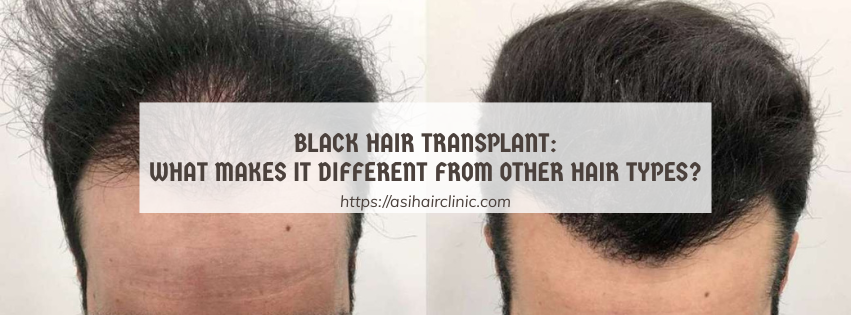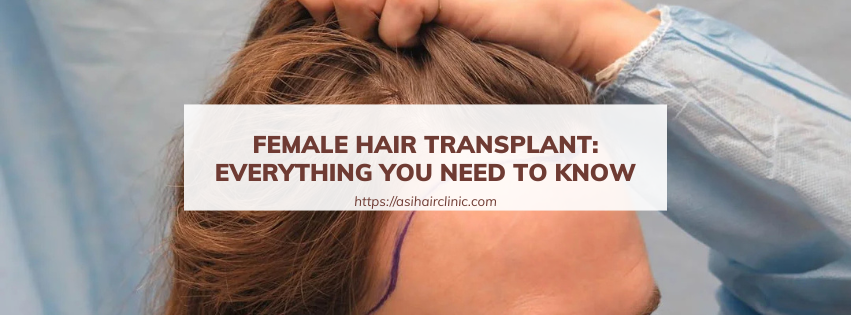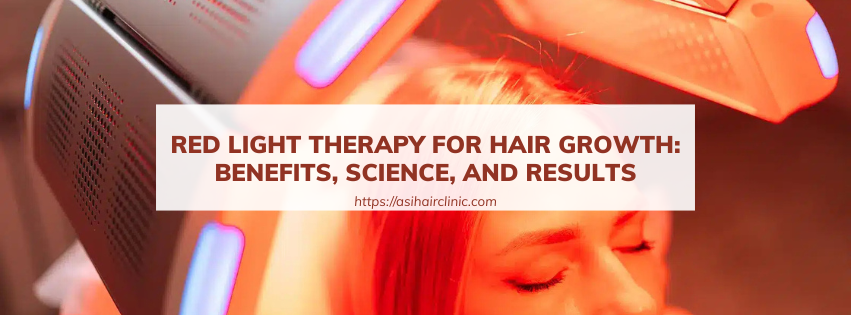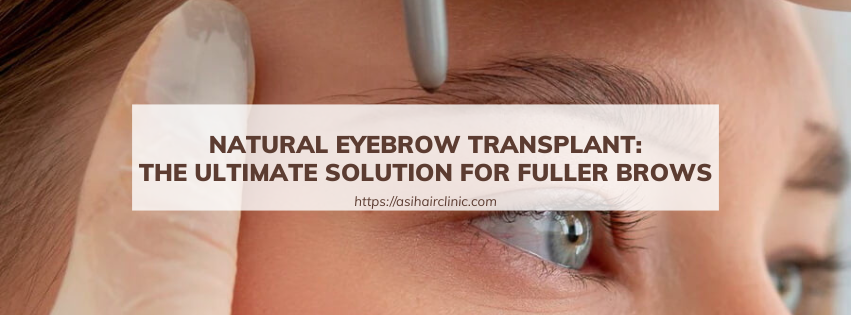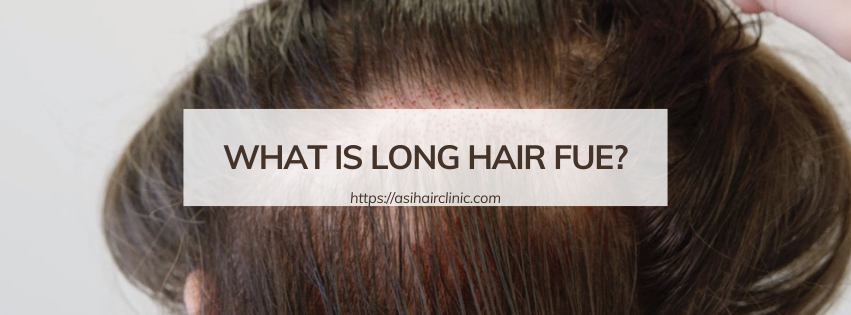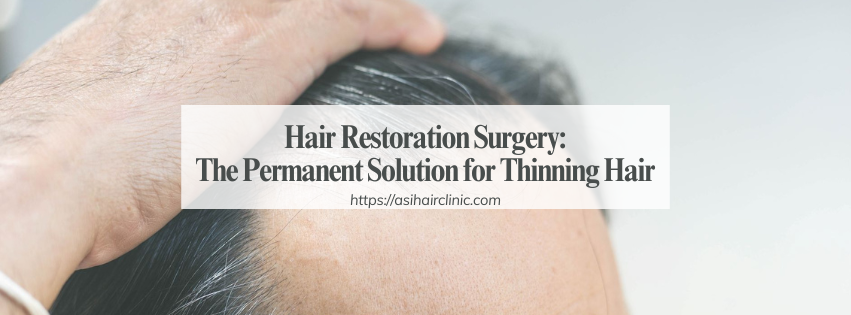Your Guide to Choosing Between FUT, FUE, and DHI Hair Transplants
DHI Hair Transplants have emerged as one of the most sought-after solutions for hair loss in recent years. With its unique approach and innovative techniques, DHI offers a viable alternative to traditional hair transplant methods. If you’re considering a hair restoration procedure, understanding the differences between FUT, FUE, and DHI is crucial. This guide will help you navigate through your options, making it easier for you to choose the right treatment for your hair loss concerns.
1. Understanding the Basics of Hair Transplants
Hair transplants have revolutionized how we perceive hair loss and restoration. They offer hope to millions who suffer from alopecia or thinning hair, providing natural-looking results that can significantly boost one's self-esteem and confidence.
1.1. What Are Hair Transplants?
At their core, hair transplants are surgical procedures aimed at restoring hair to areas of the scalp where it has thinned or completely disappeared. The process involves removing hair follicles from a donor site-usually an area of the scalp with healthy hair growth-and implanting them into the balding areas.
Hair transplants can be performed using different techniques, primarily categorized as Follicular Unit Transplantation (FUT), Follicular Unit Extraction (FUE), and Direct Hair Implantation (DHI). Each method has its own set of processes and intricacies, contributing to varying degrees of success and patient satisfaction.
1.2. Why Choose a Hair Transplant?
Opting for a hair transplant can be a life-changing decision for many individuals. There are several reasons why people seek this type of intervention:
- Permanent Solution: Unlike topical treatments or medications, hair transplants provide a more permanent solution to hair loss, which can lead to lasting satisfaction.
- Natural Results: When performed by skilled professionals, hair transplants yield results that appear natural and blend seamlessly with existing hair.
- Boosted Confidence: Many people report increased self-esteem and improved quality of life after undergoing hair restoration procedures.
Understanding these fundamental aspects lays the groundwork for diving deeper into the specifics of each technique.
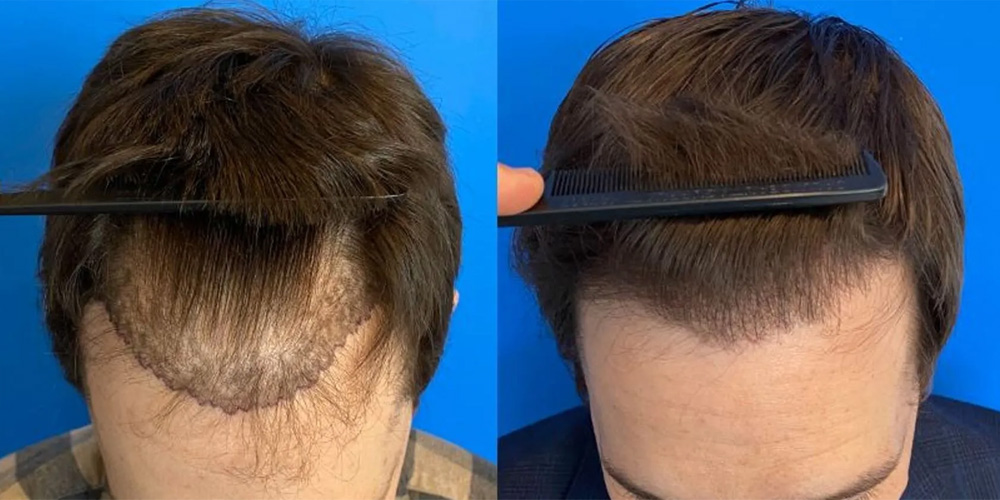
2. What Is FUT (Follicular Unit Transplantation)?
FUT, often referred to as the "strip method," is one of the earliest and most established forms of hair transplantation. It involves harvesting a strip of skin containing hair follicles from the donor site.
2.1. The Procedure
The FUT process begins with the surgeon administering local anesthesia to the donor area, usually at the back of the head, where hair is denser. A linear strip of skin is then surgically removed, and the area is stitched together.
Once the strip is obtained, it is dissected under a microscope into individual follicular units, which typically contain one to four hair strands. These units are then meticulously prepared and implanted into the recipient area.
One of the defining characteristics of FUT is that it allows for the extraction of a larger number of grafts in a single session, making it suitable for individuals who need substantial coverage.
2.2. Pros of FUT
The advantages of FUT can make it appealing for certain candidates:
- High Graft Yield: Since a strip of skin is removed, more grafts can be harvested in one sitting, making it ideal for extensive baldness.
- Less Time on the Table: The overall time spent in surgery may be shorter compared to other methods because multiple grafts are collected simultaneously.
- Cost-Effectiveness: Generally, FUT procedures tend to be less expensive than FUE and DHI due to the straightforward nature of the strip method.
2.3. Cons of FUT
However, there are downsides associated with FUT:
- Visible Scarring: One of the most significant drawbacks is the linear scar left behind when the strip of skin is removed, which may be noticeable if the hair is worn short.
- Longer Recovery Time: Patients may experience more discomfort and require a longer healing period compared to other techniques.
- Limited Donor Site: Once a strip is taken from the donor site, future surgeries may be limited due to the reduced availability of hair follicles.
These pros and cons create a nuanced landscape for those considering FUT as a solution to their hair loss concerns.
3. What Is FUE (Follicular Unit Extraction)?
FUE is a more modern approach to hair transplantation that has gained popularity over the years. Instead of removing a strip of skin, this method extracts individual hair follicles directly from the donor site.
3.1. The Procedure
During an FUE procedure, local anesthesia is administered, similar to FUT. However, instead of cutting a strip, the surgeon uses a specialized tool to remove individual follicular units directly from the scalp.
This minimally invasive technique leaves small, dot-like scars rather than a long linear scar, offering a more discreet option for patients concerned about visible scarring. After harvesting the follicles, they are prepared and subsequently implanted into the recipient area.
3.2. Pros of FUE
FUE has several advantages that resonate well with potential candidates:
- Minimal Scarring: The dot-like scars left from FUE are significantly less noticeable, even with short hairstyles.
- Shorter Recovery Time: Patients typically experience less discomfort and a quicker healing process compared to FUT, allowing for a faster return to normal activities.
- Flexibility in Donor Sites: FUE permits the use of body hair in addition to scalp hair, expanding the possibilities for individuals with limited donor sites.
3.3. Cons of FUE
Despite its benefits, FUE isn't without its limitations:
- Lower Graft Yield: Because follicles are extracted individually, the total number of grafts obtained in a single session may be lower than with FUT.
- Time-Consuming Process: The meticulous nature of extracting individual grafts can extend the length of the surgery, which could be a consideration for some patients.
- Higher Cost: Generally speaking, FUE procedures can be more expensive than FUT due to their complexity and the precision required during the extraction process.
The choice between FUE and FUT ultimately boils down to personal preferences, lifestyle, and specific hair restoration needs.
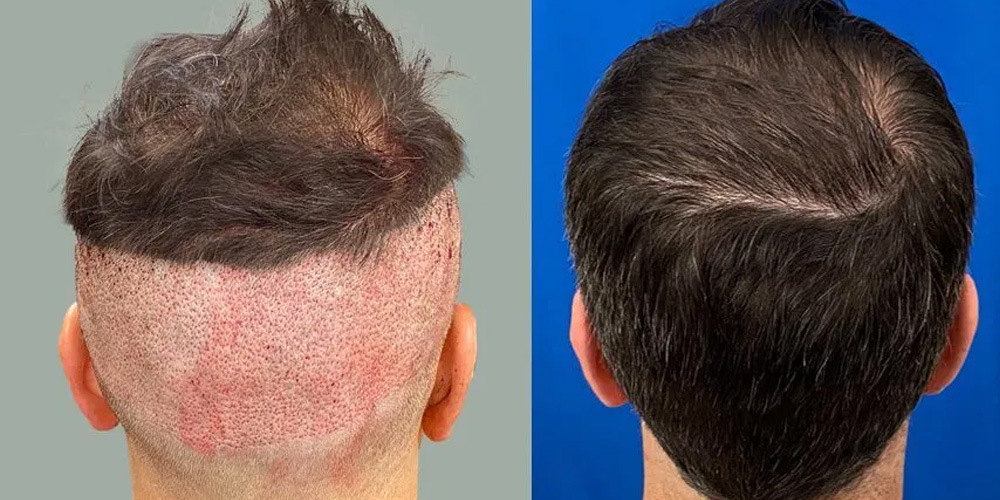
4. What Is DHI (Direct Hair Implantation)?
DHI represents the latest advancement in hair transplant technology and technique. This method focuses on minimizing the time that hair follicles spend outside the body.
4.1. The Procedure
In DHI, the surgeon first extracts individual hair follicles from the donor site using a tool similar to that used in FUE. However, instead of creating incisions in the recipient area prior to implantation, the DHI technique utilizes a specialized tool called a "Choi Pen."
The Choi Pen allows for simultaneous implantation of hair follicles immediately after extraction. This minimizes the time follicles spend out of their natural environment, resulting in higher survival rates.
4.2. Pros of DHI
DHI offers several distinct advantages that might sway a patient's decision:
- Higher Survival Rate of Follicles: The rapid implantation reduces the risk of damage to the hair follicles, increasing the likelihood of successful growth.
- Natural Hairline Design: The precision of the Choi Pen allows for meticulous placement of follicles, resulting in a more natural-looking hairline.
- No Visible Scarring: Like FUE, DHI leaves minimal scarring due to the tiny puncture wounds made during extraction and implantation.
4.3. Cons of DHI
Despite its advantages, DHI is not universally applicable:
- Complexity of Procedure: DHI requires highly skilled surgeons due to its intricate technique, which can impact the overall success of the procedure.
- Higher Costs: As an advanced technique, DHI tends to be pricier than both FUT and FUE, which might put it out of reach for some patients.
- Longer Procedure Duration: Although the precision can yield fantastic results, it can also mean longer operation times, requiring patience from the patient.
If you prioritize natural aesthetics, reduced trauma to hair follicles, and minimal scarring, DHI is potentially worth the investment.
5. Comparing FUT, FUE, and DHI: Key Differences
When evaluating hair transplant options, it’s essential to compare the critical differences among FUT, FUE, and DHI regarding surgical techniques, healing processes, costs, and suitability.
5.1. Surgical Techniques
FUT employs a strip method, while FUE focuses on individual follicle extraction. DHI integrates elements of both but emphasizes immediate implantation with specialized tools.
- FUT’s strip harvesting provides high graft yields but leaves prominent scarring.
- FUE offers more discretion but may result in fewer follicles being harvested in one session.
- DHI combines the best aspects of both methods but demands expert skill from the surgeon.
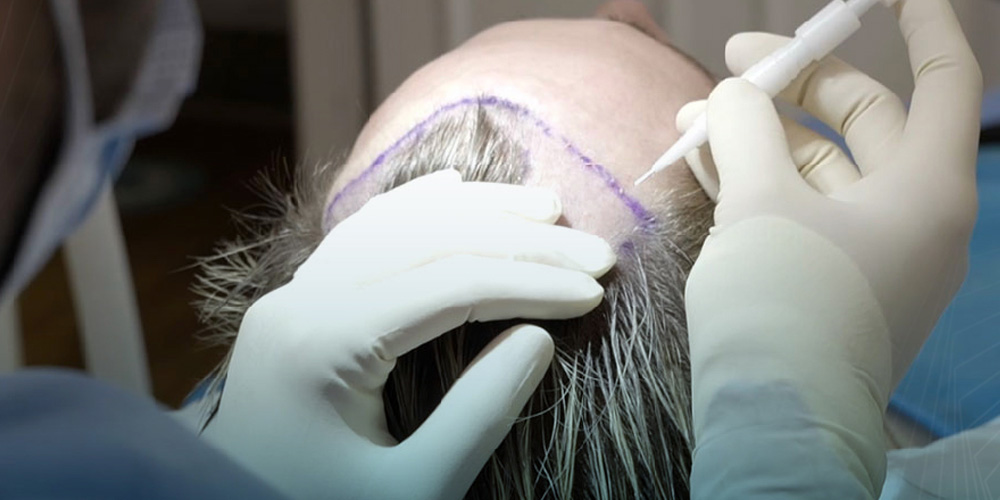
5.2. Scarring and Healing
Scarring is a major concern for many candidates:
- FUT leaves a linear scar, which may deter those who prefer short hairstyles.
- FUE and DHI leave minimal scarring, making them more appealing for those worried about post-operative visibility.
Healing times also vary; FUT generally requires a longer recovery period, while FUE and DHI allow for quicker resumption of daily activities.
5.3. Cost Comparison
Cost is undoubtedly a significant factor for many individuals contemplating hair transplants.
- FUT is generally the most budget-friendly option due to its straightforward procedure.
- FUE can be pricier due to its labor-intensive process, and DHI usually comes in as the most expensive due to its advanced techniques and tools.
Ultimately, the cost should be weighed against the desired outcomes and the value of achieving a truly natural appearance.
5.4. Suitability for Different Hair Loss Stages
Choosing the right hair transplant method can depend heavily on the stage and pattern of hair loss you’re experiencing.
- FUT may be suitable for those needing significant coverage and having ample donor hair in certain stages of male or female pattern baldness.
- FUE works well for those with moderate hair loss and a willingness to invest in less invasive techniques.
- DHI can be particularly effective for individuals looking for a refined, natural approach to hair restoration, though ideal candidates often have stable hair loss.
Understanding the distinctions helps tailor the best approach for your unique situation.
6. FAQs About FUT, FUE, and DHI Hair Transplants
As with any medical procedure, having questions is entirely natural. Here are some of the most common queries surrounding these hair transplant methods.
How Long Do Results Last?
Typically, hair transplant results are permanent since the transplanted follicles are taken from areas resistant to hair loss. However, it's important to maintain realistic expectations, as ongoing hair loss might occur in non-transplanted areas.
Can I Wear My Hair Short After Surgery?
Yes, but the timeline varies based on the chosen technique. While FUE and DHI may allow for shorter hairstyles soon after the procedure, FUT might require more time due to the linear scar.
What Is the Recovery Process Like?
Recovery experiences differ across methods. FUT may involve more swelling and discomfort initially, while FUE and DHI usually come with less pain and quicker recovery times.
Are There Risks Involved?
All surgical procedures carry risks, including infection and scarring. Discussing these risks with a qualified surgeon during consultations can help mitigate concerns and prepare you for a safe experience.
Conclusion
Choosing between FUT, FUE, and DHI hair transplants requires careful consideration of various factors, such as personal preferences, financial implications, and the desired outcomes. Each method has its unique strengths and weaknesses, and what works for one person may not be the best option for another.
Your journey towards hair restoration is personal, and it’s essential to consult experienced professionals who can guide you through the intricacies of each technique. With the right information and support, you can make an informed decision that aligns with your goals and aspirations for a fuller head of hair. Embrace the possibility of change, and take the first step towards a renewed sense of self-confidence today.
LATEST POSTS

